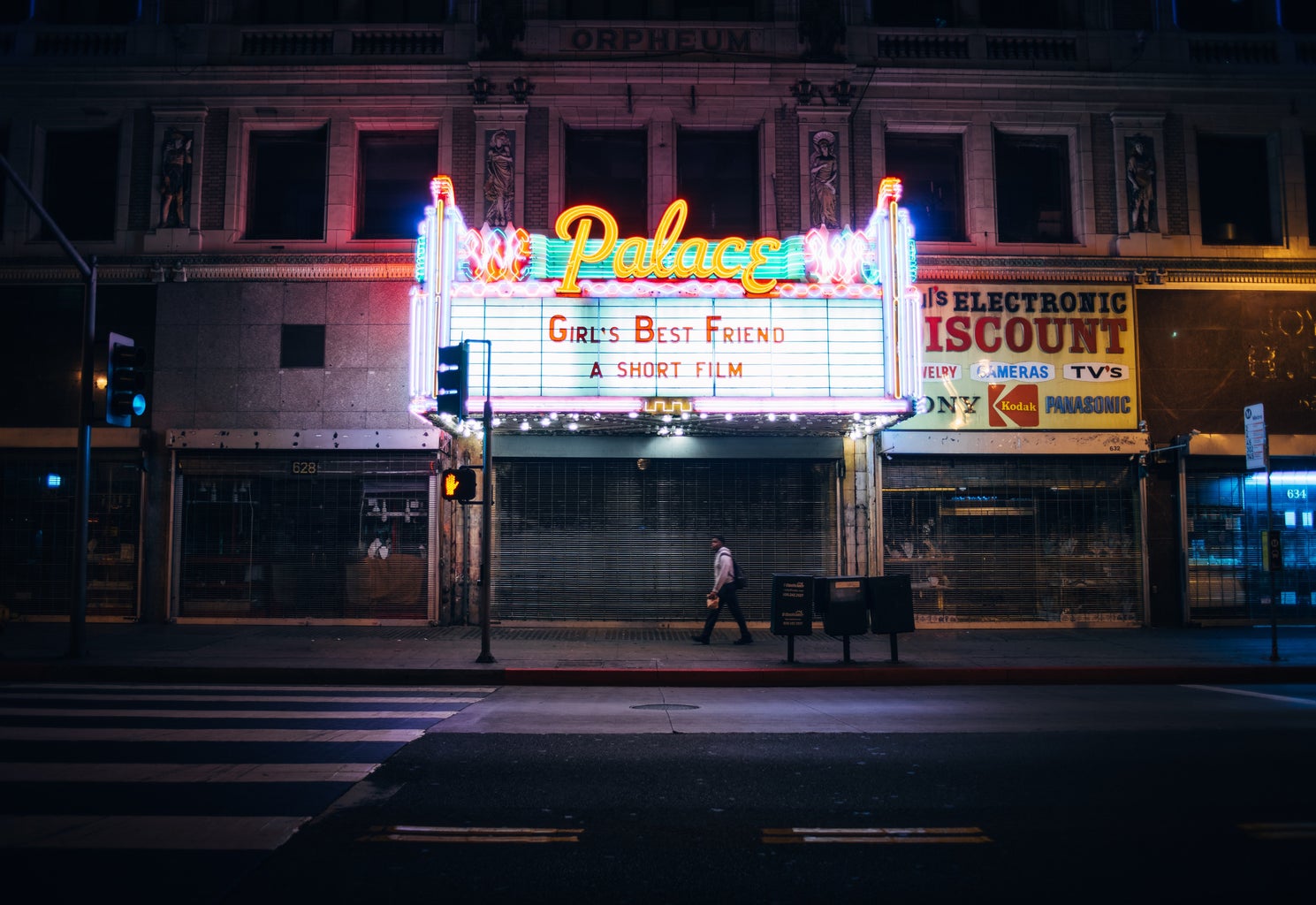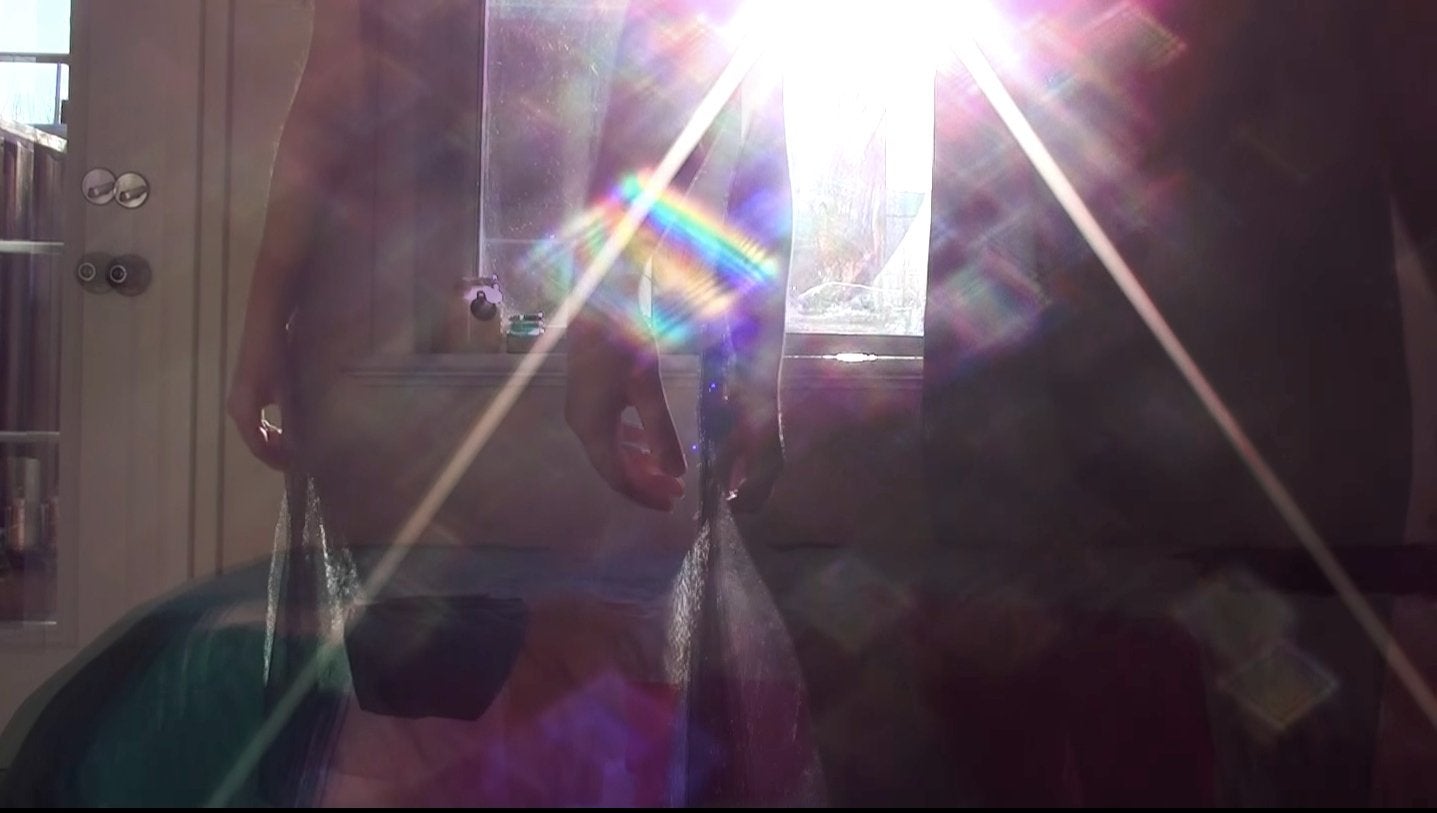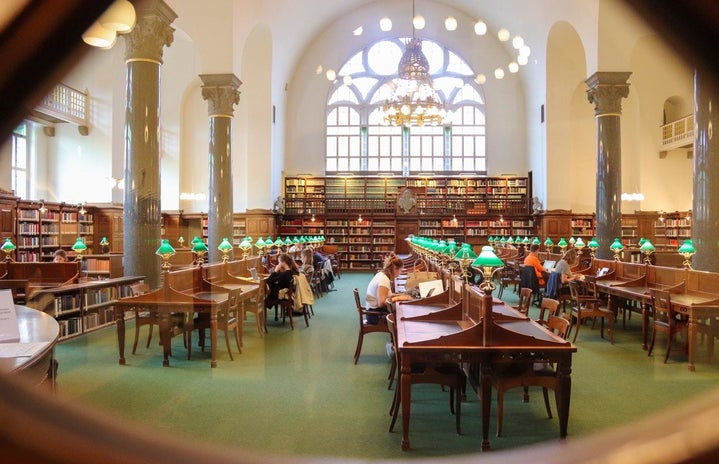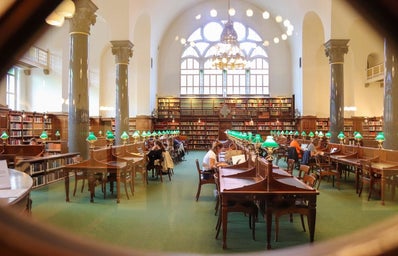When I first came to university, I believed I belonged in none of its rooms. I was there by chance: a lucky accident. My entrances into places: intrusions.
I spent so much time in a small dorm room, feeling small. Even smaller with you in it (why did you even come here?). I cried big tears, and dreamed very little.
Sometimes I went to class. I never spoke. I had nothing important to say. I entered rooms, and then I left them: a ghost.
I was an intruder in a major I didn’t belong in. Nothing had been written for me. No room in texts and spaces. Was it self-hatred that made me pick the whitest of the whitest of majors?
After two years of being a ghost in rooms, summer came: I walked into a room. I spoke when no one was listening. I spoke for the first time. I sat in the third row of that Burnside Basement room for a summer, and realized rooms, and things, could be different. In that cold, gray walled room where no sunshine penetrated, we talked about horror films and queer children, and I realized there was room for me.
That fall, I sat in the intro class of my new major. A new beginning: something close to belonging. I raised my hand and spoke in a 150-person room. I sat next to my friend. I had made a friend. We met because she helped me walk up to Stewart Bio: I had sprained my ankle on the way down to the Leacock Basement. I sent an email and they fixed the hole that had caused me to fall. I also got them to fix the one in the Stewart Bio bathroom. Buildings heal too. I couldn’t help but feel proud whenever I saw the cement a colour lighter than the one around it on the floor of that stuffy bathroom: hey I made that happen! I had changed that room. Back then I didn’t know rooms could change people too.
A room can be made yours if somebody talks about you in it. I never thought one could talk about lesbianism in a classroom. I never thought one could talk about it. I never thought one could.
Two lectures that semester. Two rooms that became my own. One lecture on Patricia White’s queer reading of Stella Dallas, the other on Adrienne Rich and lesbian existence. Do you know how your words changed the room, changed everything? I found rooms for myself; I found room to be. No room would ever be the same because I could be myself in them.

Belonging is a funny feeling that has the power to transform any room. Not belonging can have even more drastic effects.
That winter, when I walked into that room, I had already got a taste of what could be made of rooms. I said hi to a friend. I had a friend.
Then: I had no friends. Yet everyone else did. Or perhaps everyone felt the same. Did you have a feeling within that you built a small room around? Perhaps the whole classroom had 60 smaller rooms in it: I wish you invited me to yours. Perhaps we were 60 people who carried the same emotion within and the whole room closed around it, and we never knew because we felt lonely in our feeling.
Loneliness can make you feel like you’re the only one in a room. That room was one of the loneliest. If it had an adjective, it would be: cold. The heater broke in my room at home, yet somehow, I always froze in class. I wrapped my scarf around my turtleneck, and shivered as I tried to take notes on the female nude.
One day in class, the professor was showing a clip from Vivre Sa Vie: Nana cries while watching The Passion of Joan of Arc. I started crying too. We were three women crying: only two layers of film separated us (I had more layers on than that). Which room was I in then? Did anyone see me cry? I made that room my own through my tears.
We had screenings at Peel 3475 and for a long time, I never went. I thought I didn’t need to be in a room with other people to watch films. I thought: films are films, people are people, and rooms are rooms. I didn’t know a film in a room with people made a space. A space that could change the meaning of rooms, films, and people.
Instead, I watched them in the library 2 hours before class. The day I watched Stella Dallas, I cried in Cybertheque. Who cries in Cybertheque? I cried in so many rooms now they’re all mine.
Peel 3475 screening room. I sat in it so many times, watched so many films: I never felt at home. I never saw myself on screen. Were there no spaces no belongings no films for me?
The fall of my last year, our professor organized Barbara Hammer screenings. In that room in Cinémathèque Québécoise, my life changed. I sat next to the girl I liked as we watched some of the first lesbian films ever made. She didn’t like me but I didn’t know then. Anyhow, I had Barbara Hammer. As we watched women love each other on screen, I looked at you: I thought you felt it too. Turned out you didn’t. I cried in my room about you. How I love to cry in rooms! Maybe rooms were made to cry in.
We read journals in class, they were supposed to be intimate, personal reactions to films. I remember what I said about Hammer’s film, Nitrate Kisses: “How wonderful it is: seeing yourself on screen for the first time, like losing your virginity again, like watching film for the first time, and feeling possibilities of new worlds open up inside you.” New rooms opened up too; we made rooms new. We shared so much in that class that I’m sure the Sherbrooke 688 room belongs to us now.

Oh, the rooms of my undergrad. 5th floor McLennan: filled with friends I never met. Islamic lounge bathroom where I filmed that scene for my film: that room is forever ours and no one knows it. The staircase leading up to the art history classroom where we carved our names on the wall: our queer corner. Burnside Basement bathroom where we responded to other graffiti: the lesbian stall. Arts Basement printers where one always made the right edits to an essay minutes before printing them: a space abundant in its muses. The benches in front of Schulich where I read Camera Lucida while lying in the sun: my own punctum. Anyplace, anytime, anywhere. We now knew how to make spaces our own.
We had to make our own films as a final project. To be screened in the Peel 3475 Screening Room. My professor let me borrow her Barbara Hammer DVDs, signed by the filmmaker herself. As elusive as they are, there was no other way to watch these films. I stayed up until 4 am watching them, holding the signed page that once passed through the filmmaker’s hands.
I had been watching too much Hammer. I had filmed everything for my film and had to return the loaned camera the next day. One last shot: I didn’t know of what. I just set the camera on the desk in my room and started filming. I felt it. I looked at the footage: the sun had penetrated the window behind so that a ray of light turned into a rainbow that appeared every now and then on the screen as I danced, moving in and out of focus. I was speechless. How had I been so lucky? I felt such an urgency, and rushed to get the rest of the footage before she left me. The sun was gone in approximately 10 minutes, but I had managed to get my shots filled with that ephemeral, otherwordly light. Was it Her?
As I walked into the Peel 3475 screening room, I was dreading showing the film to the class for many reasons. But I was also so excited. There’s a specific feeling that is presenting your art to people for the first time, I think. Especially when it’s something so personal. I had never felt so nervous sitting in that room. My film ended and everyone turned to look at me. I took a deep breath and: so many people told me how much they loved it. One of my classmates, with wet eyes, told me how much it meant to her. I shall remember that day in that room forever. We laughed and cried so much. The room felt different: I would never not belong there because my images had taken space on its screen. I was sitting among friends, and the room felt friendlier too.
What an odd, unlikely room you are! Were those pillars in the corners? Those ugly chairs! I was there to watch films, but sometimes I watched the room. Even when it was the most interesting film, you still managed to grab my attention. I could look at that ceiling forever. I could watch you forever. How many people sat in here and looked at this screen? Where are they now? Perhaps they all haunt this room.
In my film, the sunshine had aligned with the window aligned with the camera aligned with where I set it on my desk aligned with you: it felt like the whole world aligned. I didn’t want to sound delusional so I never told anyone I was visited by Barbara Hammer’s ghost. But when we got the comments for our films back, my professor had written: “Your courageous meditation carried Barbara Hammer’s radical spirit into the digital age.” Perhaps other people too saw the ghost I had managed to conjure in my room.

Still from the author’s first film where she claims to have been visited by Barbara Hammer’s ghost. The scene has only been superimposed with another sequence in the room to create the image of two people (a ghost conjured in the editing), the lights and the rainbow have not been edited in: they just appeared (a ghost in the room).
For this article, I had planned to go back to the rooms of my undergrad and take photos of them. Now I don’t know when I will even go back to those rooms. Now I know: the value of sitting in rooms with people. I didn’t get to say goodbye: I hope this article can be my goodbye to the places and spaces I found myself in, and the rooms I made my own. I think about the ghosts I conjured, and the ghostly traces I left behind: a patched-up hole, slightly erased graffiti, a carved name in a wall, marginalia left in a library book, and so many evaporated tears. People who are uninvited ghosts in rooms can come back to haunt them. Goodbye to the rooms, places, spaces, films, and people of my undergrad. Goodbye Peel 3475.



